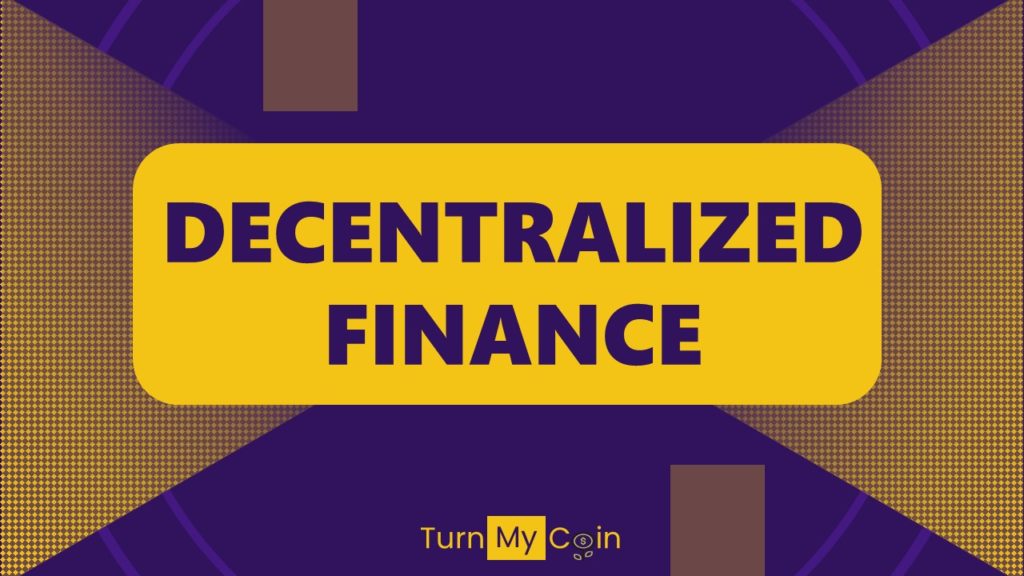Last updated on March 13th, 2023 at 06:30 am
Introduction
Decentralized Finance (DeFi ) has become a buzzword in the world of Cryptocurrency recently. The high Yielding products DeFi products are highly attractive to investors.
Who wouldn’t like to earn a 250% APY yield? Seems unrealistic? Well, no it isn’t!
In recent months, DeFi has made this high yield possible. However, an investor needs to properly understand Decentralized Finance before he can invest in protocols providing such products. Why do I say this? Well, they are risky.
Therefore, we made a list of top 10 questions on Decentralized Finance that you would love to get answers to. So, let’s cruise through.
- Q1: What do you understand by the term Decentralized finance?
- Q2: How does Defi lending work?
- Q3: How to get a loan in Decentralized Finance (DeFi)?
- Q4: What is the importance of smart contracts in DeFi?
- Q5: What do you understand by the term staking in crypto? How does staking actually work?
- Q6: What is a DeFi wallet? Is it safe?
- Q7: How is DeFi used in the commercial centers?
- Q8: What is the degree for DeFi in 2022?
- Q9: How do DeFi applications work?
- Q10: What are the advantages of DeFi?
- A bit about the Uses of Dapps
Q1: What do you understand by the term Decentralized finance?
Decentralized finance is also termed as DeFi. It is a system by which financial items or products like insurance, loans, mortgages become available on a public decentralized blockchain network.
DeFi refers to a framework by which programming composed on blockchains (smart contracts, more on that later) makes it workable for purchasers, dealers, moneylenders, and borrowers. These users come together and work together with a software-based middleman. Instead of a third party like a firm or an institution helping with transactions.
The Blockchain network on which DeFi works, makes them easily readable and usable to everyone instead of going through middlemen like banks and brokerages.
Varying to a bank or money market fund, that requires:
- a Government-provided ID,
- Social Security number, or
- verification of address
to process transactions. It is not important to use such documents in decentralized finance or DeFi. However, you would need a KYC (know your customer details) if you want to buy these products from cryptocurrency exchanges.
Q2: How does Defi lending work?
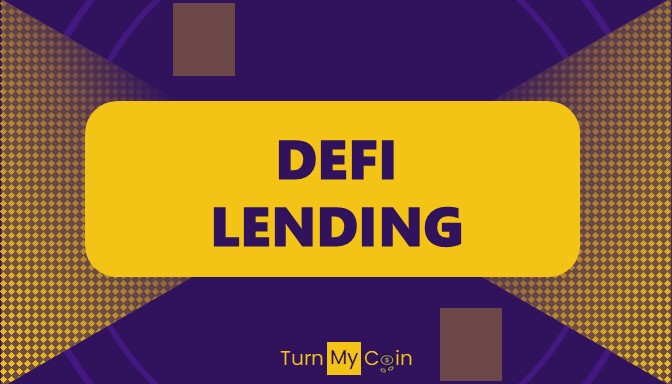
DeFi allows customers to lend their cryptocurrency to someone else and get an interest on the advance. As you know, traditional financial systems e.g Banks reliably have been utilizing this framework without limit.
However, Banks or private money lending institutions have exploited the trust of lenders and borrowers several times.
In Defi, the loan providers can advance their resources for others and will acquire interest on that advance. Customers can put their resources and distribute them to borrowers using savvy smart contracts.
In the domain of DeFi, anyone can turn into a lender or loanee.
Q3: How to get a loan in Decentralized Finance (DeFi)?
To get a loan, the borrower needs to offer something more than the loan sum. And that is a confirmation by Smart Contracts. As mentioned earlier, The DeFi system uses Smart contracts to store and transact details about this advance.
Guarantees are open in wide combinations and any digital token can be utilized to exchange the gained digital money. For example, if a customer needs to get one bitcoin, he will give the money of one bitcoin in DAI. (DAI is a stable currency).
Q4: What is the importance of smart contracts in DeFi?
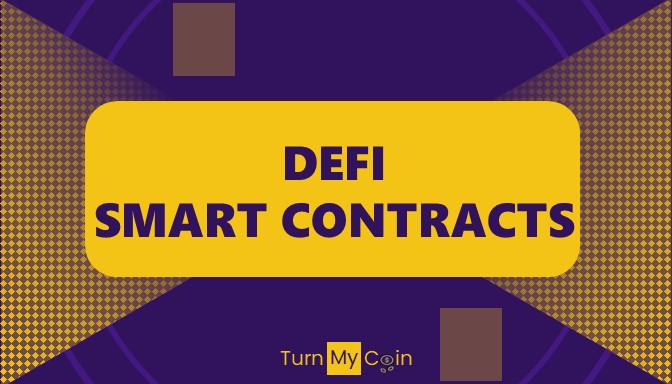
A smart contract has the special capacity to implement the particulars of an agreement through computer code.
Though Smart contracts were first proposed in 1994 by Nick Szabo, they got popular due to Ethereum around December of 2013. Vitalik Buterin conceived Ethereum in 2013 but launched it in 2015
Smart contracts can help in reliable execution and robotization of different business measures which need physical management. Consequently, they became an integral part of blockchain networks and are now widely used.
In a nutshell, smart contracts are important in DeFi, for quicker and simpler exchanges with lower risks for involved parties. It is due to the smart contracts that DeFi transactions are this seamless.
A classic example of a Smart Contract is a Vending Machine. A Vending machine dispenses the product offered at a price. This happens after the user has accepted the offer to buy that product at that price.
Q5: What do you understand by the term staking in crypto? How does staking actually work?
Staking is a method that involves storing a digital currency token or coin. People set up the stake target getting interests on their deposits in such yield cultivating projects just as contributions.
DeFi can help in guaranteeing better rewards. Though with a somewhat higher risk calling for prior financial backer support.
Is staking profitable?
Well, the answer is Yes. The main advantage of staking is that you get hold of more assets, and the interest rates can be extremely good.
Sometimes, you can get over 15% or 30% each year. It’s possibly one of the best and smartest ways to invest your money. Instead of keeping your money in banks and other financial institutes.
Suggested Reading: What is Staking of Cryptocurrencies? An amazing way to claim rewards
Q6: What is a DeFi wallet? Is it safe?
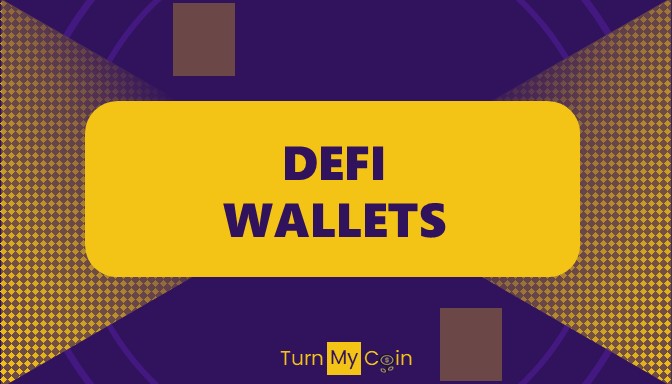
DeFi Wallet is a user custodial wallet. It is in the guardianship of a customer and gives full access and control of the resources to the owners. Hence, customers have full access and responsibility for their assets in a DeFi wallet.
There are a number of DeFi wallets like Metamask, Trust Wallet, Trezor etc available in the market. But most of them have a similar process of connecting and transacting.
Let’s take Metamask for example. When you log on to a DeFi platform. You have to connect your Wallet to the platform. Once connected, you can transact using your wallet by providing or taking liquidity from the protocol’s pool. In turn, earning interest & rewards.
Q7: How is DeFi used in the commercial centers?
The utilization of DeFi in the production of decentralized commercial centres offers a great and impressive scope of innovation.
Decentralized exchange or DEXs can allow clients to exchange digital assets. No middlemen or third party is involved for holding their assets.
All the exchange action happens straightforwardly between client wallets through clear smart contracts.
One more example of applying DeFi in decentralized commercial centres refers to the formation of security token issuance stages.
Q8: What is the degree for DeFi in 2022?
A large portion of the inquiries on decentralized money will likewise cause you to notice the current zone of DeFi.
Decentralized money has consistently been revolving around one specific motive, i.e., the end of agents (middlemen) from monetary exchanges.
With the developing interest in computerized exchanges and credit-only economies, DeFi ensures arrangements that can enable the following services:
- Decentralized digital currency trade markets.
- Quickly distributed instalments.
- Answers for gaining or lending computerized coins.
- Answers for evaluating resource varieties and showing up on relevant experiences.
- Utilization of tokenization for cutting edge resource the executives.
Q9: How do DeFi applications work?
DeFi applications plan to recreate customary monetary frameworks, like banks and trades, with digital currency. Most a sudden rise in demand for the Ethereum blockchain.
The important thing is that DeFi applications work “without any assistance practicing command over the whole framework,” said John Wu. He is a leader of Ava Labs, a group supporting advancement of DeFi applications on the Avalanche blockchain.
Through DeFi loaning, clients can loan out digital money similar to what a customary bank does with cash. In return, they obtain revenue as a moneylender.
Taking and giving money on credit are among the most common use cases for DeFi applications. Yet there are a great deal of all the more dynamically difficult decisions also. For instance, transforming into a liquidity provider to a decentralized exchange.
The interest on the loan is more appealing as compared to the banks. The limit is also low than that of a bank.
Clients can now offer their NFTs, or nonfungible tokens, as a guarantee. For instance, chance upon the DeFi convention utilized.
Q10: What are the advantages of DeFi?

Defi depends upon blockchain improvement and as the blockchain is a general establishment layer, so, Defi is considered as a combination of second-layer applications. Defi can gain the essential property of decentralization.
The benefits of opening cash equal to the middle benefits of blockchain once this precondition is met.
Certified decentralization clears out trust in untouchables and enables oversight resistance, overall affiliation paying little notice to social standing.
The usage of blockchain as an advancement establishment considers reasonably quick and less cost trades/repayments, untraceable money-related arrangements, and understanding automation.
Defi applications allow the customer to keep control of the covered-up keys In the blockchain organic framework without a trusted untouchable, the customer has full power over their resources.
Individuals who may some way or another not have the option to get financial organizations advantage from the open natural framework. For example, low-pay regions.
Cost and market effectiveness works considering the wide environment receptiveness.
Since progress is being achieved by amazingly mixing various drives in layer two or even layer three applications, Defi network impacts.
Conclusion
It would not be wrong to say that DeFI is moving forward into a wide mixture of basic and complex monetary exchanges.
Decentralized applications called “dapps, control DeFi” or different projects called “protocols.” Dapps and protocols handle exchanges in the two primary digital forms of money, Bitcoin (BTC) and Ethereum (ETH).
Bitcoin is the more famous digital money, Ethereum is more flexible to a large mixture of employments, which means a large part of the dapp and convention scene utilizes Ethereum-based code.
A bit about the Uses of Dapps
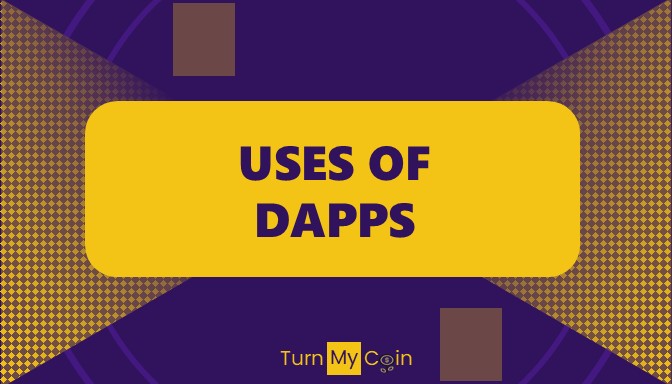
Decentralized trades (DEXs) – most cryptographic money financial backers utilize concentrated trades like Coinbase or Gemini.
DEXs work with shared monetary exchanges and let clients hold the power over their cash.
E-wallets or digital wallets – DeFi engineers are making computerized wallets that can work freely of the biggest cryptographic money trades and give financial backers access to everything from digital currency to blockchain-based games.
Non-fungible tokens (NFTs) – NFTs make computerized resources out of regularly non-tradable resources, similar to recordings of sure things or the main tweet on Twitter. NFTs use the already uncommodifiable.
The reception of DeFi is fuelled by the popular idea of blockchain a similar second a dapp is encoded on the blockchain, it’s accessible all around the world.
Most incorporated monetary instruments and advancements carry out easily over the long run, represented by the separate standards and guidelines of regional economies.
Dapps exist outside of these principles, expanding their possible prize—and their dangers.
The open and circulated nature of decentralized finance can be a major issue to the existing monetary guidelines.
Current laws were made dependent on discrete monetary wards, each with its own arrangement of laws and rules.
DeFi’s borderless exchange range presents significant inquiries for this sort of guideline. who is guilty of monetary wrongdoing that happens across boundaries, conventions, and DeFi applications?
DeFi is the clearest illustration of the “code is law” proposition, wherein law addresses a bunch of decisions that are composed and upheld through changeless code.
The savvy agreement’s calculation is encoded with the essential builds and terms of utilization to manage exchanges between the two parties.
This is why programming frameworks can break down because of a wide assortment of components.
